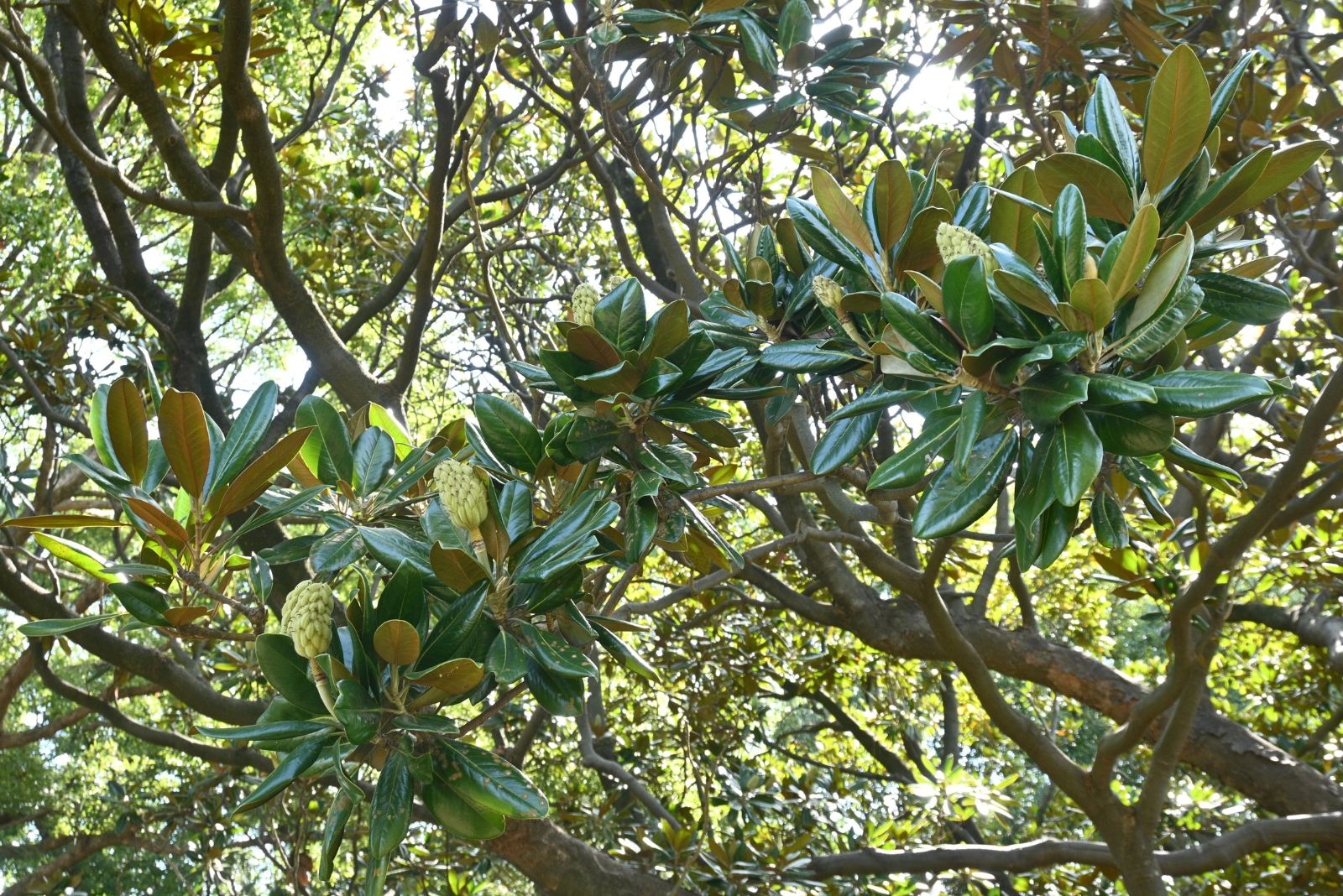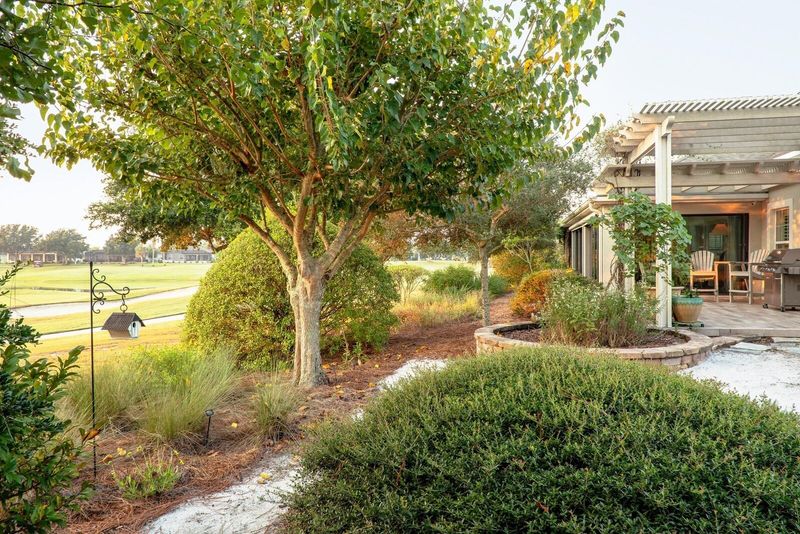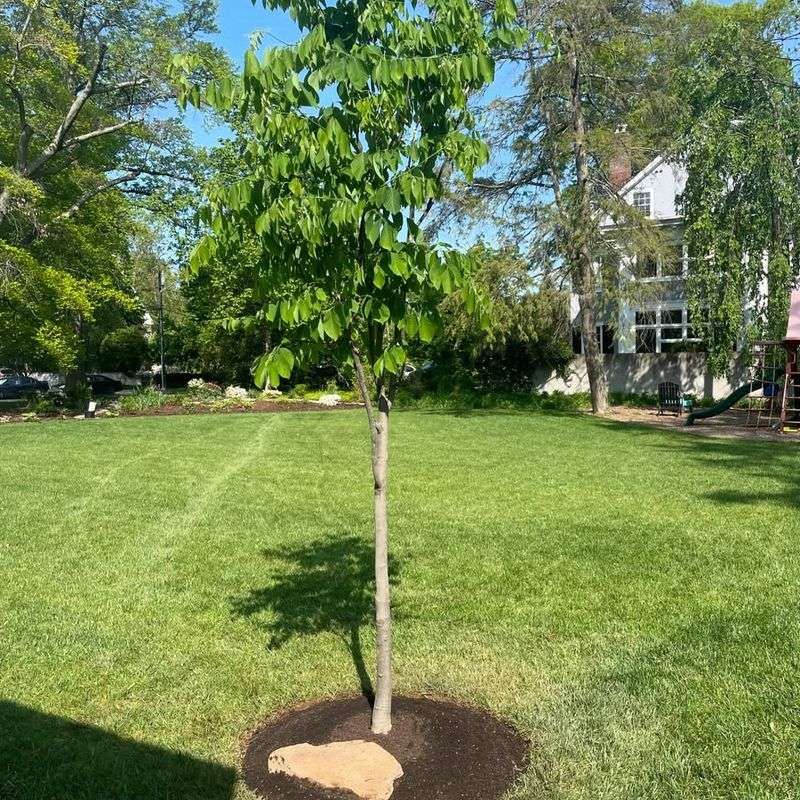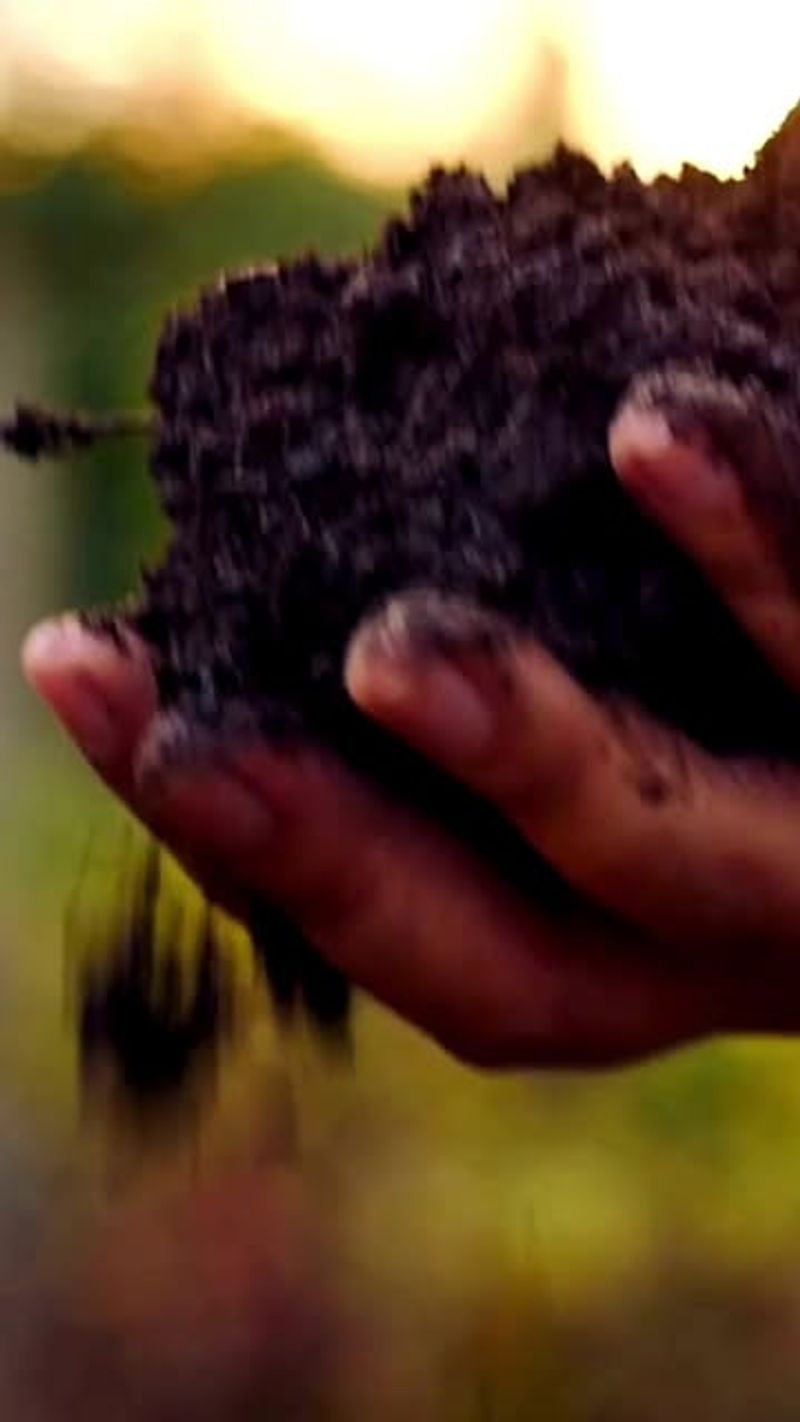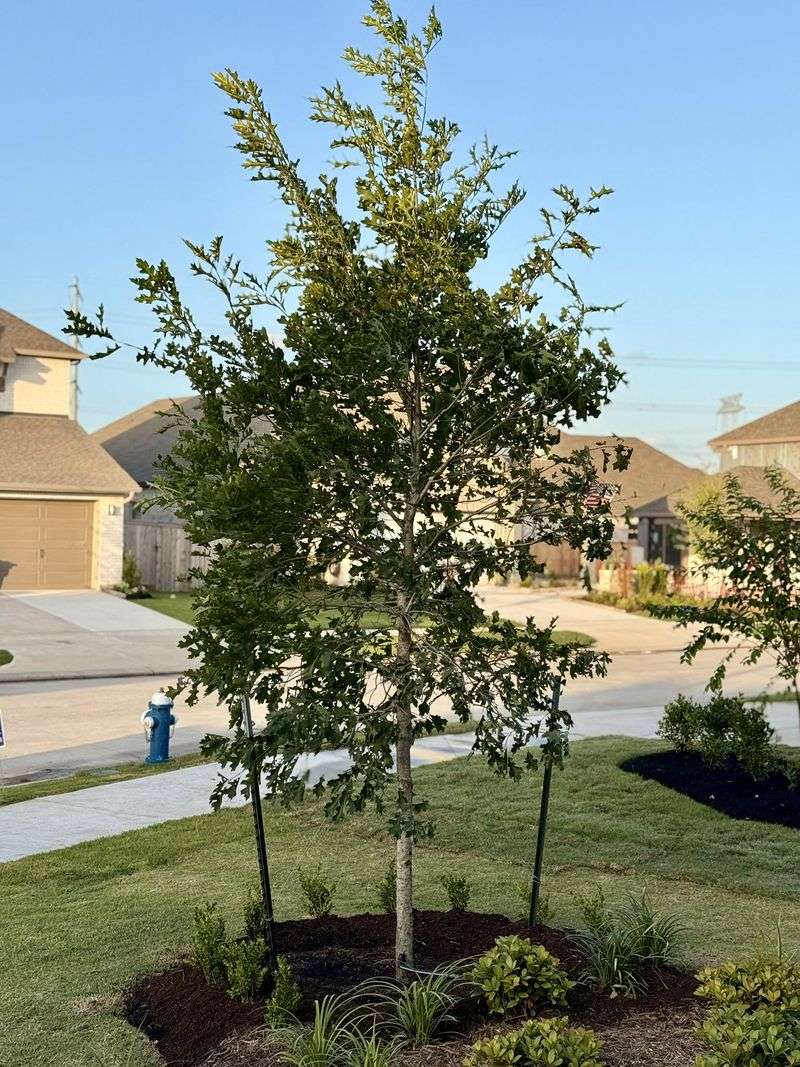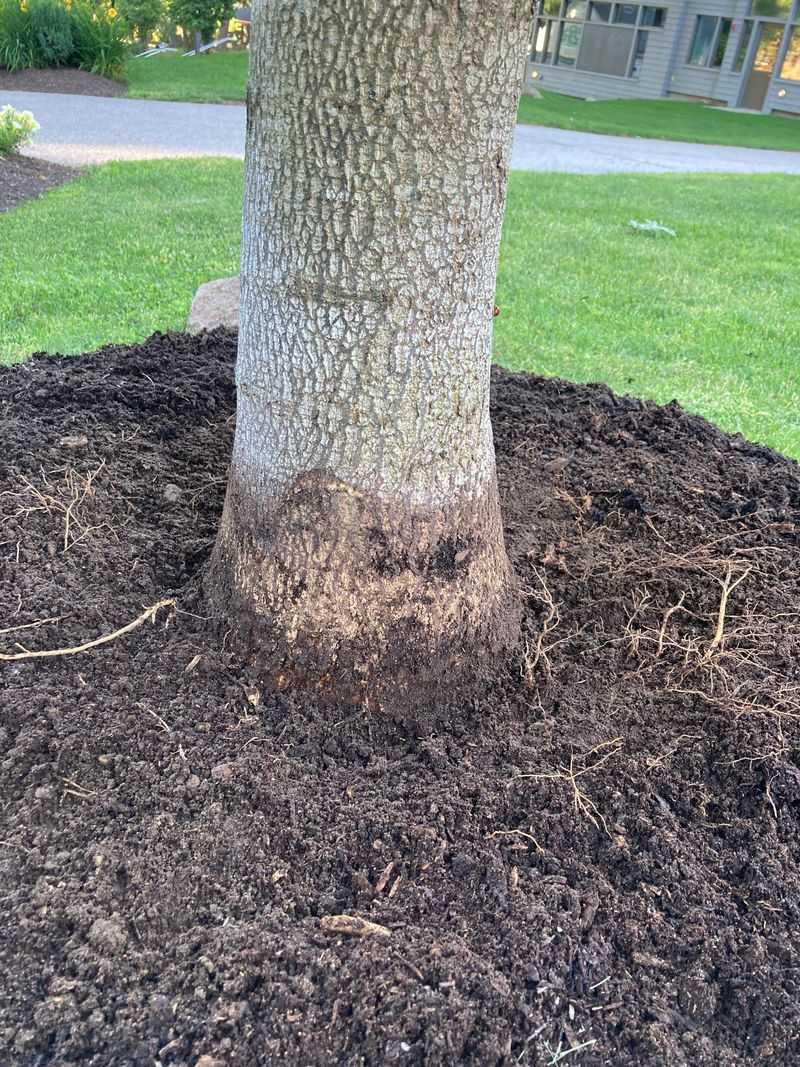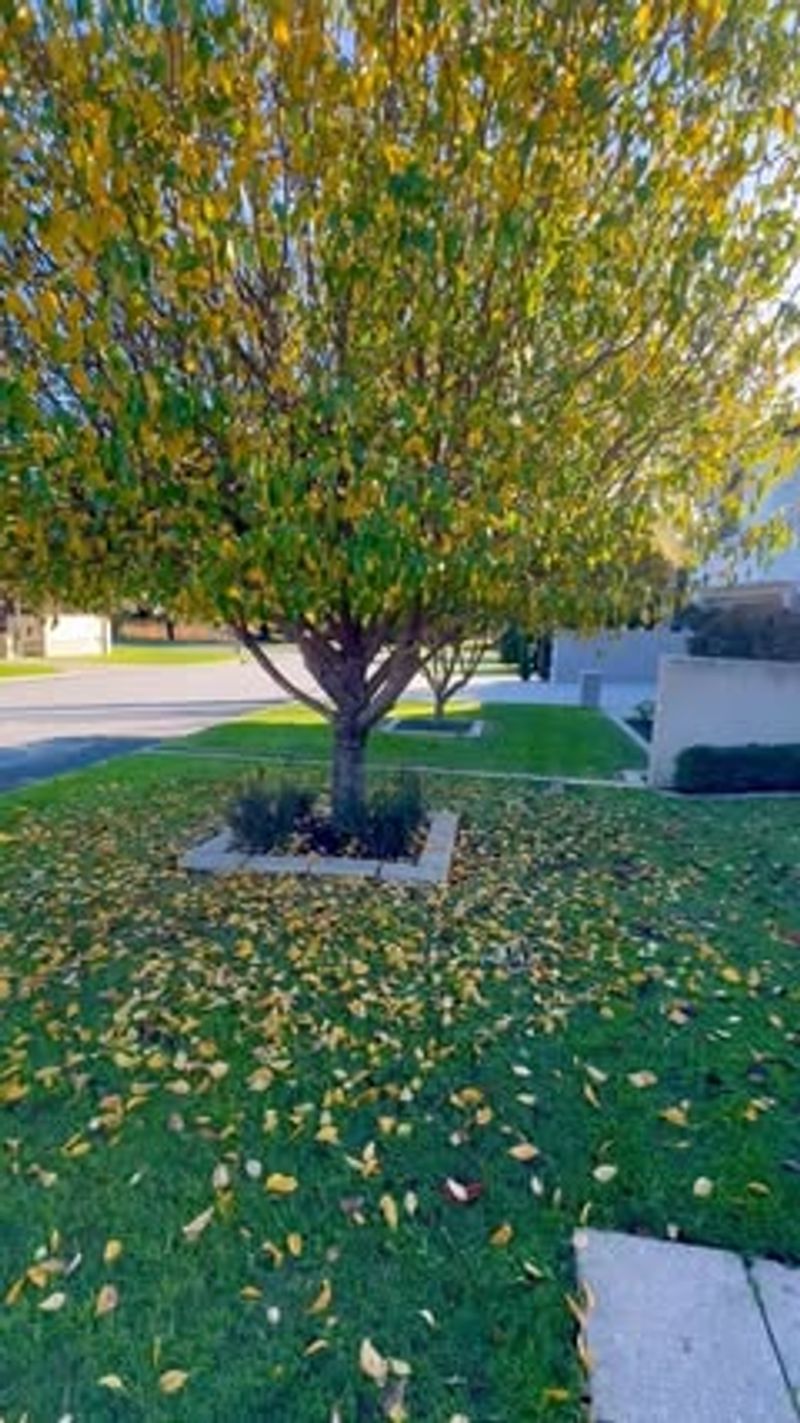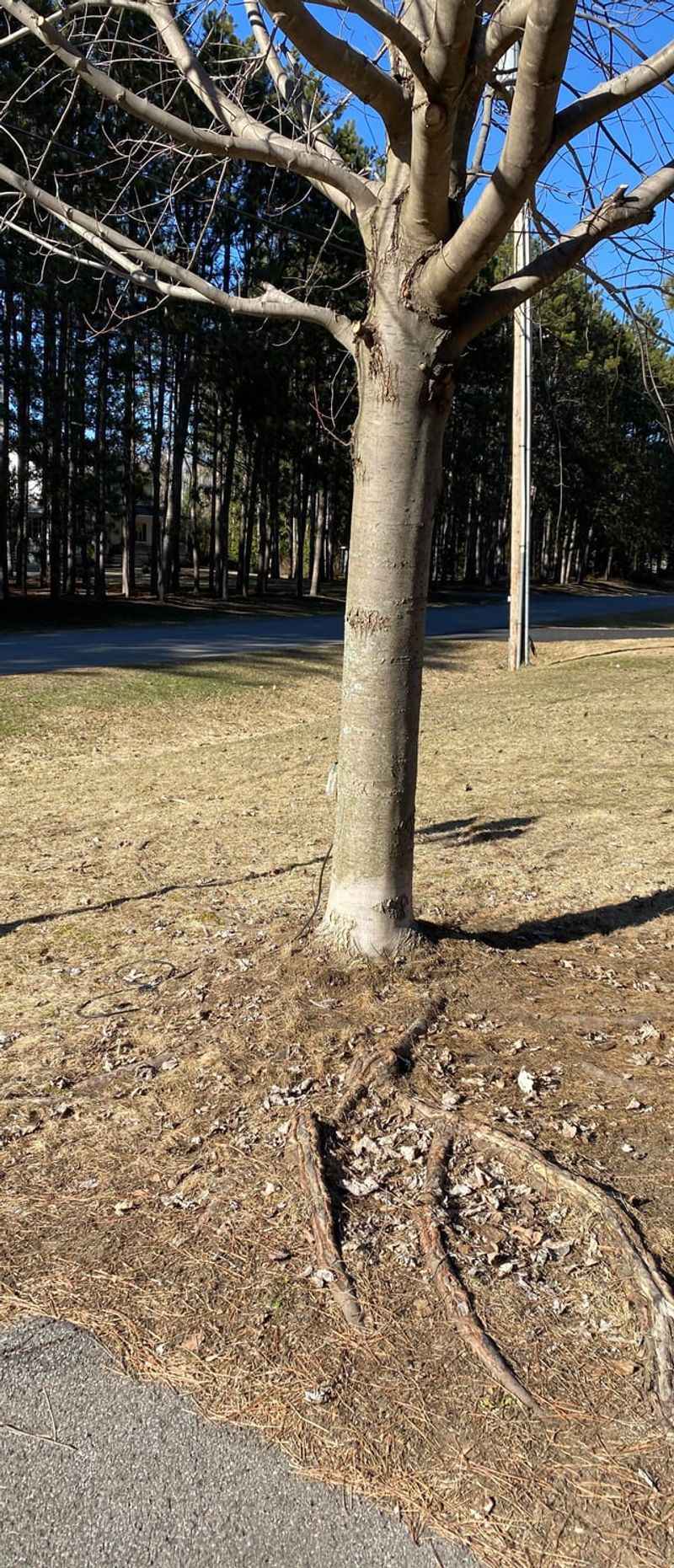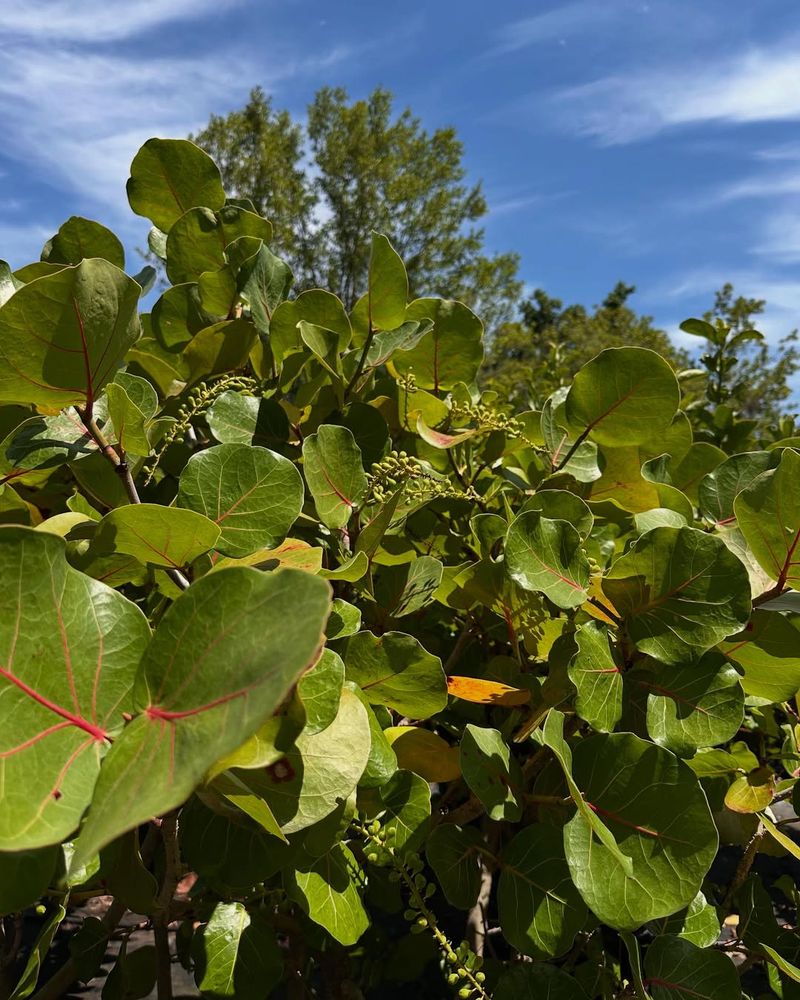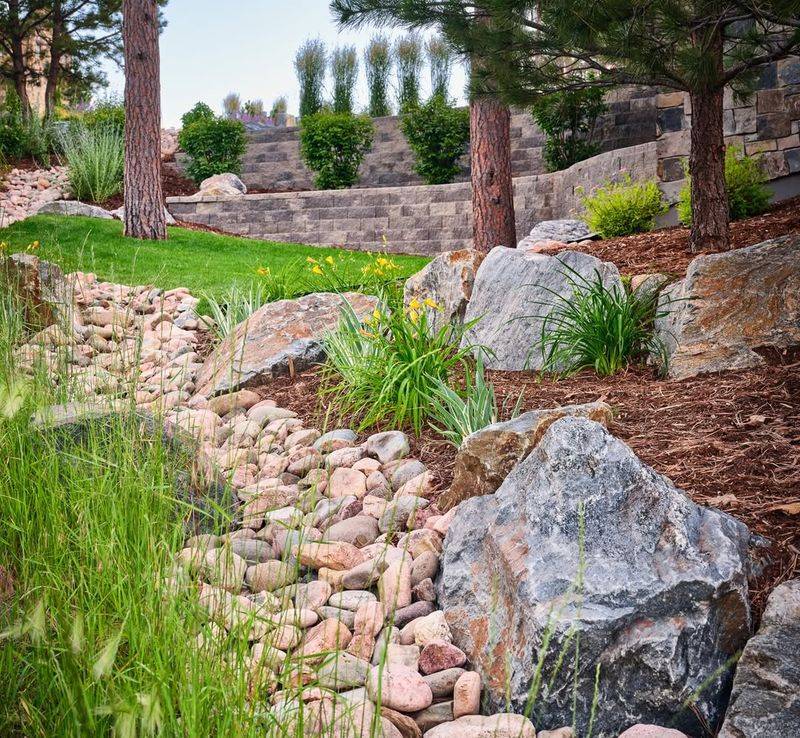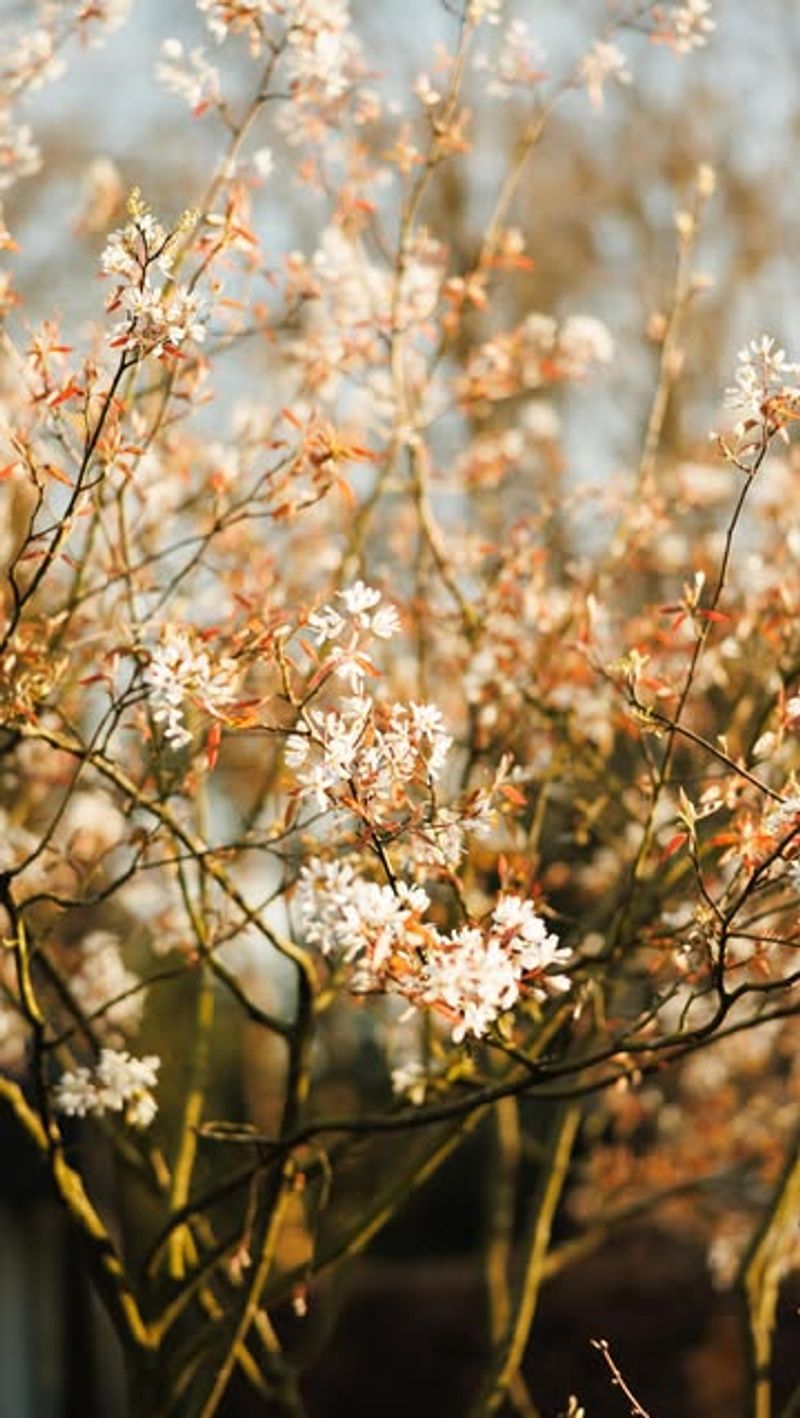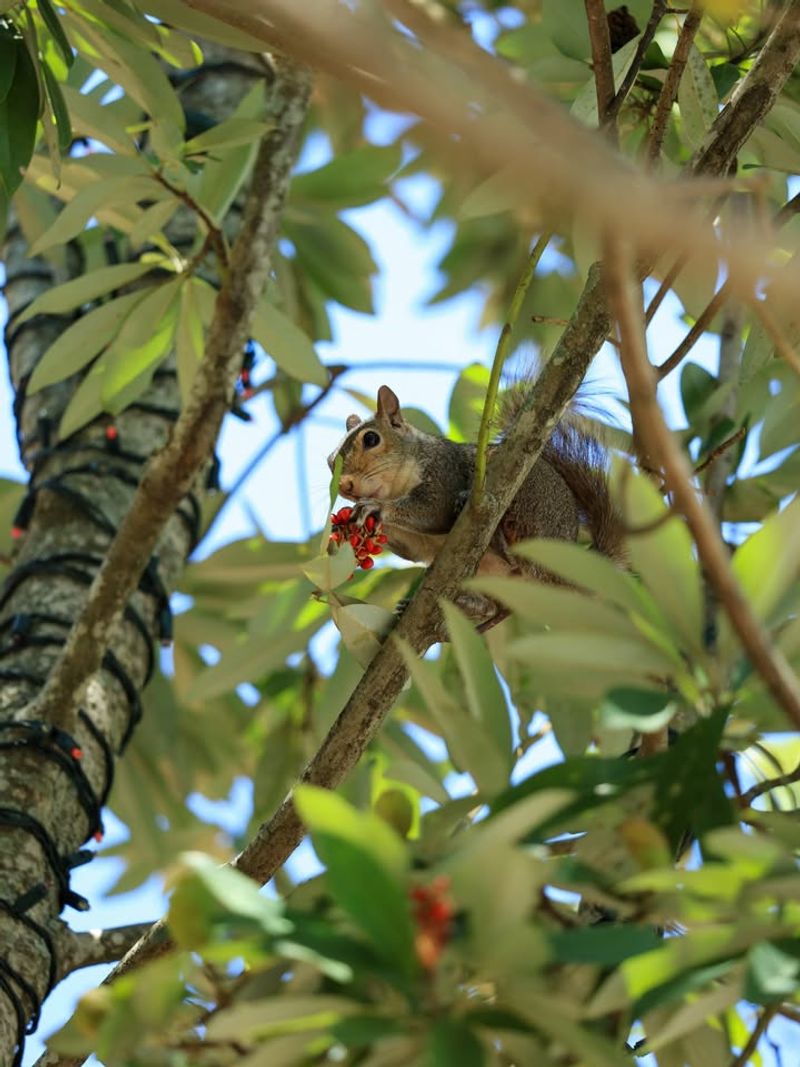Planting trees in Florida comes with a few important rules if you want a beautiful and safe yard. Some choices can make your life easier, and others might cause headaches down the road.
I’ve put together the essential guidelines to follow. Your landscape will thank you for it with healthy, happy trees.
1. Pick Native Species First
Native trees already know how to survive Florida’s heat, humidity, and storms. They’ve adapted over thousands of years to local soil and weather patterns.
Live oaks, sabal palms, and southern magnolias require less water and fewer chemicals than exotic species. Many Florida homeowners discover that native trees attract beautiful butterflies and birds too.
Your yard becomes a mini ecosystem when you choose plants that belong here naturally.
2. Account for Mature Tree Size
That cute little sapling from the nursery won’t stay small forever. Many Florida homeowners make the mistake of planting without researching full-grown dimensions.
A tree that reaches 60 feet tall needs serious room to spread its canopy. Check mature height and width before digging any holes in your yard.
Planning ahead prevents overcrowding and the heartbreak of removing beautiful trees that simply grew too large for their location.
3. Test Your Soil Before Planting
Florida soil varies dramatically from sandy beaches to clay-heavy inland areas. What works in Miami might fail miserably in Tallahassee without proper soil knowledge.
Simple test kits reveal pH levels and nutrient content that determine which trees will thrive. Some species need acidic conditions while others prefer alkaline environments.
Spending a few dollars on testing saves hundreds wasted on trees that never had a fighting chance in your particular dirt.
4. Water Wisely During Establishment
Newly planted trees need consistent moisture to develop strong root systems in Florida’s challenging climate. Too much water drowns roots while too little causes stress and failure.
Deep watering twice weekly works better than daily shallow sprinkling for most species. Established trees become drought-tolerant after their first year or two.
Proper watering techniques during those critical early months determine whether your investment thrives or becomes expensive compost material.
5. Mulch Correctly Around the Base
Mulch volcanoes piled against tree trunks actually harm rather than help your Florida landscaping. Bark needs air circulation to stay healthy and resist disease.
Spread mulch in a donut shape, keeping it several inches away from the trunk itself. A three-inch layer helps retain moisture and regulate soil temperature effectively.
Correct mulching techniques prevent rot, discourage pests, and give your trees the breathing room they desperately need to flourish in the heat.
6. Prune During the Right Season
Timing matters tremendously when cutting branches on Florida trees. Wrong-season pruning invites disease, pests, and unnecessary stress during vulnerable growth periods.
Late winter or early spring works best for most species before new growth begins. Avoid pruning during hurricane season when open wounds become entry points for infection.
Strategic timing keeps trees healthy and beautiful while minimizing risks that come from exposing fresh cuts to Florida’s intense heat and humidity.
7. Watch for Invasive Root Systems
Some gorgeous trees hide aggressive roots that destroy everything in their path beneath Florida soil. Ficus and certain palms send runners that crack sidewalks and clog septic systems.
Research root behavior before falling in love with any species at the nursery. Aggressive roots cause neighborhood disputes and expensive underground repairs.
Choosing well-behaved varieties prevents the frustration of watching your driveway buckle or your neighbor’s yard get invaded by your landscaping choices.
8. Select Salt-Tolerant Varieties for Coastal Areas
Living near Florida’s beautiful beaches means dealing with salt spray that kills many tree species. Coastal winds carry salt miles inland, affecting more properties than you might expect.
Sea grapes, coconut palms, and southern red cedars laugh at salty conditions that devastate other trees. Check salt tolerance ratings before purchasing anything for beachside properties.
Salt-resistant selections keep your coastal Florida yard green and gorgeous instead of brown and depressing throughout the year.
9. Plan for Proper Drainage
Florida’s heavy rains create standing water that suffocates tree roots and promotes fungal diseases. Poor drainage turns your yard into a swamp that kills even hardy species.
Avoid planting in natural low spots where water collects after storms. Some trees tolerate wet feet better than others, so match species to your property’s drainage patterns.
Understanding water flow across your landscape prevents the disappointment of watching expensive trees slowly drown in poorly chosen locations.
10. Understand Sunlight Requirements
Not every tree loves Florida’s intense sunshine equally. Some species crave full sun while others prefer partial shade to avoid scorching.
Dogwoods and redbuds appreciate afternoon shade, especially in southern Florida where heat becomes brutal. Planting sun-lovers in shade or shade-lovers in blazing sun guarantees disappointment and wasted money.
Matching light requirements to actual conditions in your yard ensures healthy growth and vibrant foliage that makes your landscaping the neighborhood showpiece.
11. Consider Wildlife Impact
Trees attract birds, squirrels, and other creatures that either delight or annoy Florida homeowners. Fruit-bearing varieties create beautiful messes that stain driveways and attract unwanted visitors.
Flowering trees support pollinators while others provide nesting sites for noisy birds. Decide whether you want wildlife activity or prefer a quieter, cleaner yard experience.
Thinking about animal interactions before planting prevents surprises when your tree becomes the neighborhood’s favorite squirrel highway or bird convention center.

